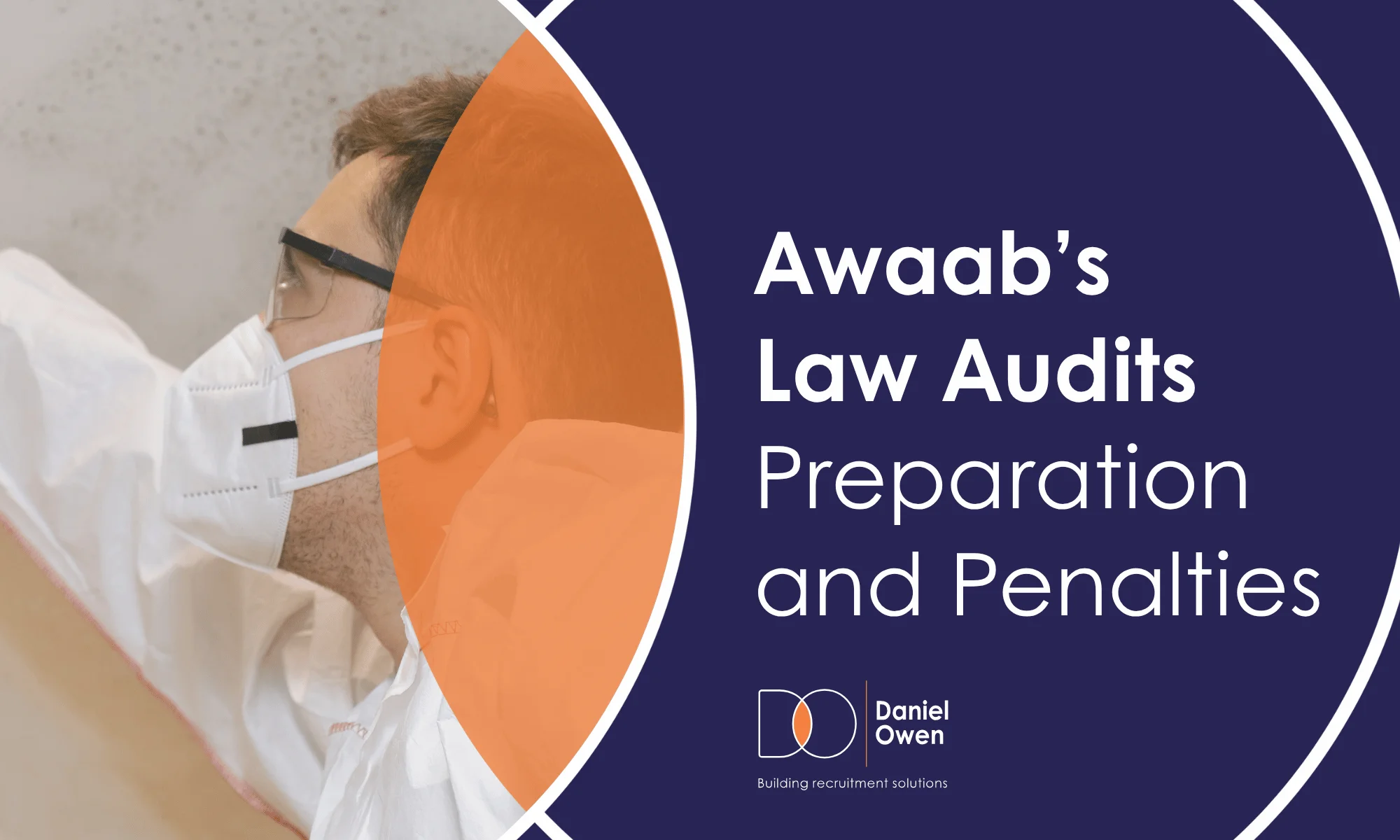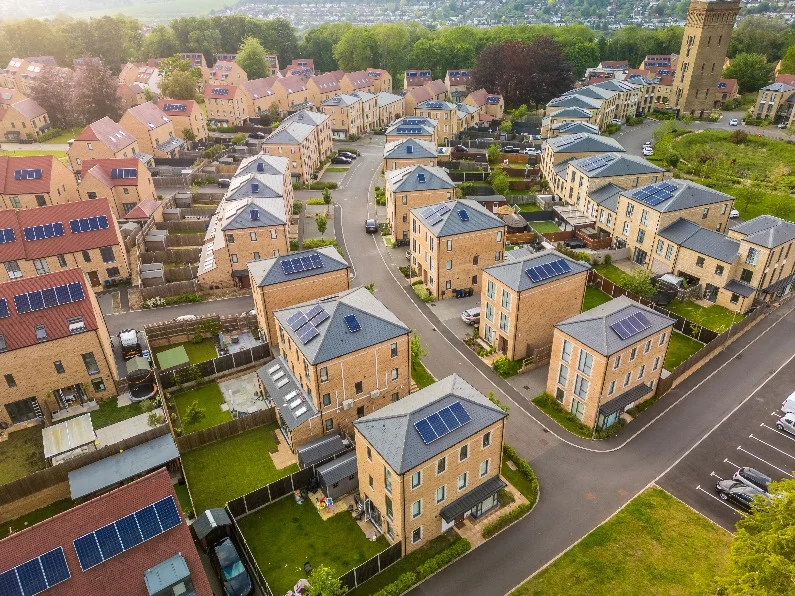
Awaab’s Law Audits – Preparation and Penalties
19 Nov, 20255 MinutesWhen Awaab’s Law came into force in October 2025, it was a pivotal moment for property servi...

 When Awaab’s Law came into force in October 2025, it was a pivotal moment for property services and social housing in the UK.
When Awaab’s Law came into force in October 2025, it was a pivotal moment for property services and social housing in the UK.
Named after the two-year-old victim of a rogue landlord, Awaab Ishak, who died from the long-term effects of black mould in a Rochdale flat in 2020, the law made it their legal responsibility to deal with health and safety hazards within strict time limits.
But awareness alone is not enough. With Awaab’s Law shifting the compliance landscape in housing and property management, the real test will be the audits that follow. A formal examination to ensure that organisations are practising what they preach. How will these work in practice, and what should housing professionals be doing to ready themselves in the meantime?
What is Awaab’s Law?
In a nutshell, Awaab’s Law gives renters more protection from the dangers of damp and mould and sets strict deadlines for urgent repairs.
Housing associations are legally obliged to investigate and rectify life-threatening issues within 24 hours and to address other immediate hazards within 10 working days, or face fines and possible prosecution. It's also not enough to wait for a formal complaint; legal compliance starts the moment awareness of a potential hazard reaches landlords and property management.
The law primarily applies to social landlords and housing associations, but its influence is expected to extend to the private rental and Build to Rent (BTR) sectors as best practice.
As our full guide explains, it’s not just a legislative shift, it’s a cultural one. Compliance is now a measure of both operational efficiency and moral responsibility.
How will Awaab’s Law be Audited?
Awaab’s Law Audits are the official and legally required compliance checks to ensure that landlords and property managers are doing what they should be. It is the equivalent of a financial audit, and they are independent, based on evidence, and set by the government.
The Regulator of Social Housing (RSH) and local authority compliance teams will be responsible for completing these audits, and they will have the power to request documentation, visit tenancies, check the repairs log and more, to look for evidence of:
- Timely responses to reported damp and mould issues.
- Clear communication with tenants.
- Robust record-keeping and complaint handling.
- Staff training in health, safety, and property maintenance.
- Preventive maintenance plans and data on recurring issues.
For housing associations and property services teams, passing an Awaab’s Law Audit will become a key performance indicator, one that could affect funding, licensing, and reputation.
Penalties for Non-Compliance with Awaab’s Law
The message from the government has been clear: zero tolerance for non-compliance. Punishments for falling below those established by Awaab’s Law include:
- Large fines, with no technical cap for persistent breaches. That means several missed deadlines, unresolved repairs and error filled reports and build up a huge fine quickly.
- Losing accreditation or housing contracts.
- Blacklist inclusion; serial offenders risk being put on a very visible ‘do not contact’ register.
- Forced sale if a building or site keeps failing to meet required standards.
- Legal challenges and even convictions for criminal offences in cases where there has been gross negligence.
These are early examples of what can be expected and can be expected to adjust and potentially escalate as the law evolves.
Still, we’re already beginning to see local authorities sending out their missives cautioning that landlords who don’t ‘sort it’ will be ‘named and shamed’. And for those that provide housing, let’s not underestimate the reputational risk.
How to Prepare and Stay Ahead of Awaab’s Law
Conduct an Internal Audit First
Don’t wait for the authorities to show up at your door. Carry out a survey of your whole existing housing stock for damp, mould, and condensation issues. Make a note of your findings. And ensure that all remedial actions taken are documented. Your in-house audit will show you where you’re most vulnerable before the authorities turn up with theirs.
Update Your Maintenance Protocols
A digital maintenance record system will let you know if your repairs meet Awaab’s Law deadline, within 24 hours for emergencies, 10 working days days if less than that.
Be ready to update your SLAs with your contractors.
Recruit Damp and Mould experts
Whether you can pass your Awaab’s Law Audit is largely dependent on what you know. You need to hire house doctors with the ability to identify the source, not just the symptoms. A specialist property management recruitment agency (like Daniel Owen ltd) or social housing employment agency to find the skilled tradespeople you need fast.
Implement a Better Filing System
During your audit, you will need to present your official log of all repair logs, relevant chronological jump files, and all uploaded high-definition photographs, along with a comprehensive case history compiled from all damp and mould inspections, testing, and sampling. Make sure you can navigate this easily, quickly spot reporting gaps and makes sending your formal reports much easier when you are being audited.
Train Your Team (Everyone)
Every employee from the housing officer to the maintenance coordinator should have a basic understanding of your Awaab’s Law compliance obligations. Conduct training sessions or e-learning modules.
If you’re hiring more Damp and Mold experts, make sure your teams know so they can easily discuss issues.
Communicate with Your Residents
Your residents help you detect where problems are. Encourage your residents to report leaks and/or mould as soon as they appear, and keep them informed about the status of the situation. During audits, they are looking for compliance and transparency. If you have a robust reporting system, it may store reports aside the original inquiry and make the paper trail that much easier to manage.
Review Contracts and Policies
Check that contractors, maintenance personnel, and property service companies are also compliant. Non-compliance in any part of the system will hurt your record, regardless of the reasons. Perhaps keep a record of all contractors that have acknowledged this compliance in writing and minimise your risk.
Common Compliance Failures (and How to Avoid Them)
Already, Inspections taking place in 2025 have given a glimpse into preventable failures:
- Insufficient documentation around repair work or inspection findings.
- Contractor bottlenecks due to manual job booking systems causing delays.
- Variability in staff training leading to suboptimal tenant engagement skills.
- Band-Aid solutions rather than root cause fixes for damp.
Preventing the same fate requires, first and foremost, investment in process and people. For housing organisations, that could mean bringing in ex-tradies from housing maintenance roles or making use of property services recruitment networks to bolster their compliance teams.
Lessons from Early Enforcement
In a number of the earlier compliance actions, landlords or managers were caught short. Where they didn’t have their ear to the ground, they were hit with improvement notices to remedy a particular breach and then required to provide compliance plans within 30 days. For housing providers that recorded their work and maintained a line of communication with their tenants, the audit process was relatively quick and painless.
So, as the saying goes, where preparation meets opportunity is the magic formula. On a general basis, this means that those who meet their obligations don’t happen by accident; it is the end result of a culture that promotes responsiveness and accountability.
Building a Culture of Compliance and Care
Awaab’s Law marks a new chapter in the quality of housing in the UK.
It’s a statute that prioritises the safeguarding of tenants as the top priority for housing providers, alongside local councils and private landlords. However, in addition to this, it’s an invitation to restore faith across the sector.
At Daniel Owen, we know successful compliance starts with the right team.
Our social housing and property maintenance recruitment services connect you with skilled professionals who ensure your organisation meets compliance standards, both technically and operationally.
Contact our property services team >>
By taking on skilled property managers, housing officers, damp and mould specialists, you can be ready for Awaab’s Law Audits and make sure homes are safe and healthy for all.


